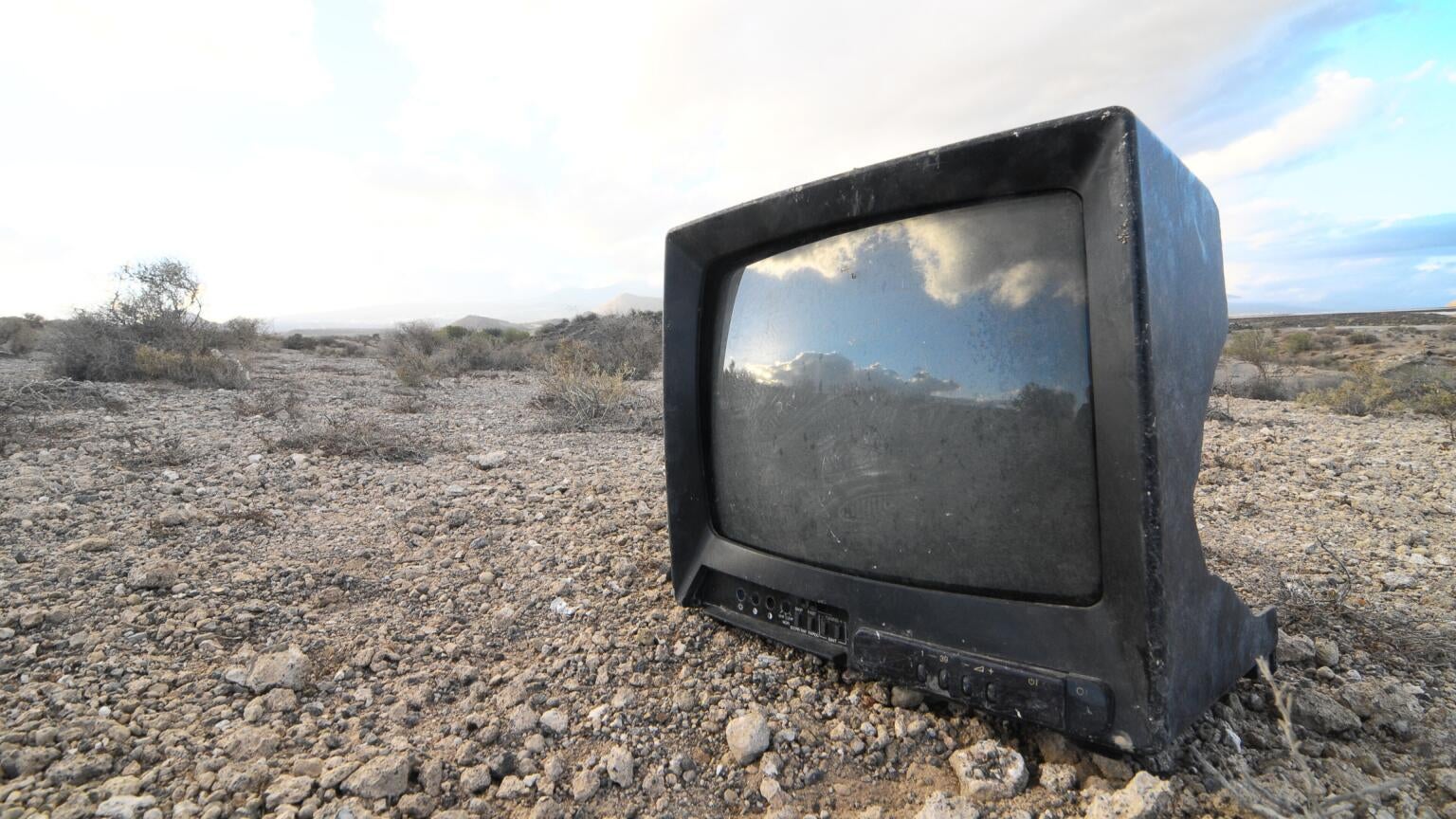
In news that surprises no one, cable and satellite companies continue to shed subscribers like crazy. While some of those linear video services hope a pseudo-streaming option such as live TV streaming services, also known as virtual multichannel video programming distributors (vMVPDs) will fill in the gap, research by MoffetNathanson suggest that they’re barking up the wrong tree.
According to the recent first-quarter 2022 Cord-Cutting Monitor, MoffetNathanson analyst Craig Moffett reports that the linear video industry lost 2.1 million subscribers across its various platforms. Such a hit is comparable to the losses that occurred at the beginning of the pandemic, an event that put sports on hold worldwide. In addition, subscribership continues to decline steadily at 5.1% year-over-year. While prior numbers may be attributed to the disappearance of sports, programming which has long kept consumers from cutting their cords, current trends indicate something much direr for cable and satellite providers.
According to the report, there are three primary factors that are working against linear video distributors. Firstly, media companies have been moving content to their own — or other — streaming platforms, even to their linear networks’ detriment. In addition, as cord-cutting persists in gaining popularity, linear video providers continually raise prices to make up the difference, potentially pricing out customers. Finally, regional sports networks (RSNs) have also increased costs, making it more difficult for distributors to provide that content to their audiences.
“Many of the media companies have made conscious decisions to strip-mine their cable networks, shifting their best content to their streaming platforms,” MoffettNathanson said. “At the same time, they have raised prices relentlessly to offset declining viewership.”
For example, Paramount rarely debuts new shows on MTV anymore, and instead often features reboots of legacy MTV shows like “Beavis and Butt-Head Do the Universe” and “The Challenge: USA” on Paramount+.
However, Moffett’s last point may be the primary reason why subscription numbers for cable and satellite keep falling. The belief had long been that news and live sports would provide an immutable floor for linear providers as accessing such content was difficult to do on streaming. Unfortunately for traditional TV outlets, major streaming companies such as Apple TV+, Amazon Prime Video, and even Netflix are showing interest in expanding their content to include live sports and other live events, breaking through the floor that linear providers hoped subscription rates wouldn’t drop past.
“Regional sports networks (RSNs) have become so expensive that they are being dropped by more and more distributors, forcing sports fans to engage with streaming alternatives (some legal, some not.),” the report said.
On top of that, many of those alternatives are seasonal, leading to subscriber losses when, say, football season ends. FuboTV said that that was a big reason for its subscriber loss in the first quarter of this year.
“Including vMVPDs, the rate of decline for linear video is hovering near its all-time worst levels,” Moffett said. “And the rate of decline for traditional distributors is the worst it has ever been. That’s not what one would expect if we were gliding towards a stable sports-and-news floor.”
Speaking of vMVPDs, analysis suggests that these services aren’t fulfilling the role formerly occupied by their corded counterparts. A vMVPD is a service such as YouTube TV that provides similar content and channel options as cable and satellite but without the infrastructure of a cable box or dish, and often without long-term contracts. As an alternative to linear platforms, it’s devastating for traditional TV. But Moffett states that it’s not providing any real competition for subscription video-on-demand (SVOD) streamers.
According to the firm’s findings, less than one-third of new cord-cutters are turning to vMVPDs and with the number of homes leaving traditional TV reaching 45 million, that leaves 30 million completely divorced from the pay-TV model. While not promising, it is important to note that vMVPDs shouldn’t be counted out just yet as a recent Leichtman Research Group report saw some growth in that area. According to its data, while cable and other traditional services lost 5.6 million subscribers, vMVPD services actually grew by just shy of one million new accounts.
Moffett suggests that streaming was always going to win out in the pre-recorded video category, but until now, sports and live TV have always been considered primarily part of the traditional-TV ecosystem. However, as streamers continue to gobble up rights to live sports, linear video providers may be left fighting over the scraps.